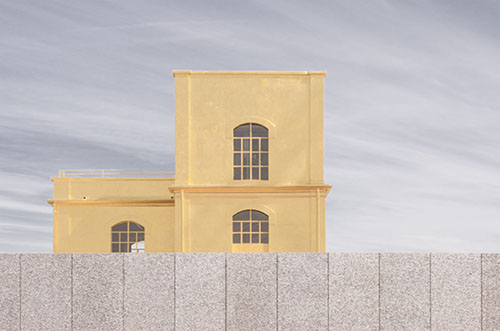
Nuova Fondazione Prada
Characterized by an articulated architectural configuration which combines existing buildings with new structures, Fondazione Prada is the result of the transformation of a distillery dating back to the 1910’s.



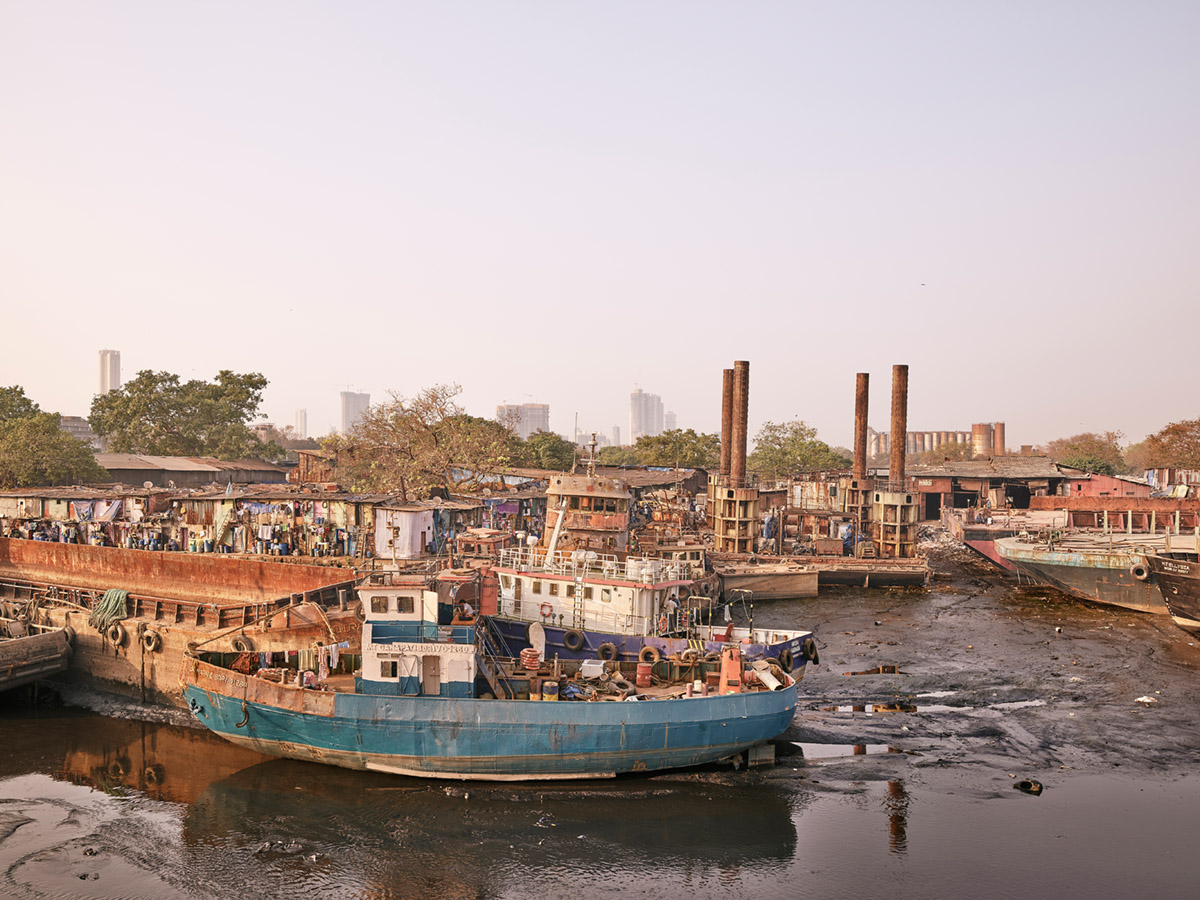
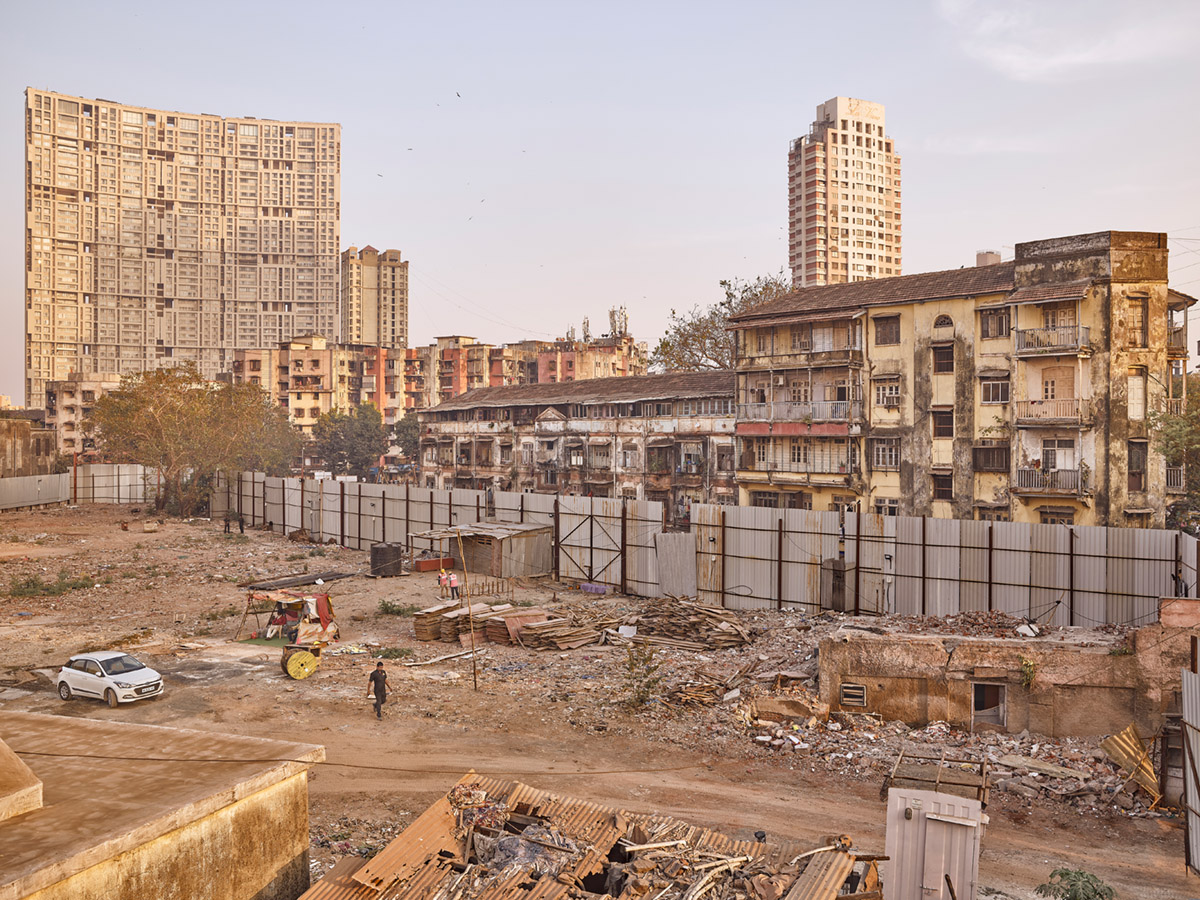

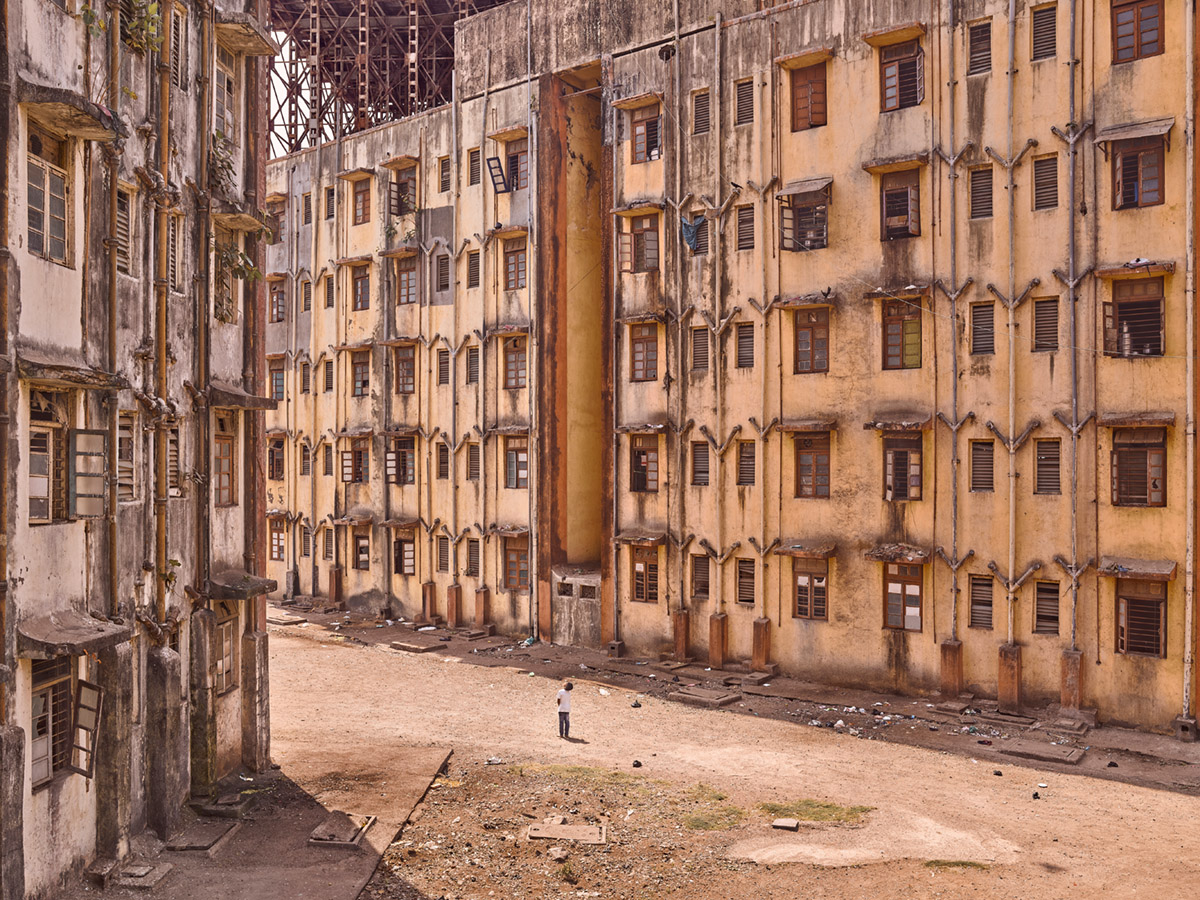
Mumbai is the twelfth richest city in the world for Gross Domestic Product. But, at the same time, it is a place of extreme differences. In a decade, its population has doubled. In the last five years, the inhabitants have increased from 16 to over 22 millions, and about 55% of them live in Slums: they are very high density neighbourhoods composed by crumbling buildings, where there are no basic supplies as water, sewer and electricity. They were built without regulations, often using interstitial spaces between other buildings, infrastructure sand natural barriers. In the meantime Mumbai, in a race pursuing one of the most rapid growths in history, is looking for locations for new towers and infrastructures.
Skyscrapers make space by recovering – or rehabilitating, as someone say – all the areas occupied by Slums. It does not matter if part of the city’s history and a large part of the economy still resides there; in those slums, where not only desperate people live, but where workers, doctors, lawyers and all other pivotal roles at the base of every social and economic system live too.
The photographic research conducted by Giovanni Hänninen stems from a collaboration with Studio Mumbai Architects, and highlights the urban stratification of the city of Mumbai. The photographic work on exhibition is the beginning of a research that aims to create an atlas that uses photography as a tool for analysing the city’s dynamics.
Mumbai è la dodicesima città più ricca al mondo per il PIL. Al tempo stesso è luogo di disparità estreme. Solo negli ultimi anni, gli abitanti sono passati da 16 milioni a oltre 22 milioni di cui oltre il 55% vive in slum. Nel frattempo Mumbai, in una corsa all’inseguimento di una delle crescite più repentine della storia, sta cercando nuove aree in cui costruire nuovi grattacieli e infrastrutture.
I grattacieli si fanno spazio recuperando – riabilitando, dicono – le aree occupate dagli slum. Poco importa che parte della storia recente della città e gran parte dell’economia risieda ancora lì, in quegli slum, dove non vivono soltanto disperati, ma anche operai, medici, avvocati e tutte quelle figure alla base di ogni sistema sociale ed economico.
La ricerca fotografica condotta da Giovanni Hänninen nasce da una collaborazione con Studio Mumbai Architects e mette in luce la stratificazione urbana della città di Mumbai.
Il lavoro fotografico in mostra è l’inizio di una ricerca che vuole creare un atlante che usi la fotografia come strumento per l’analisi delle dinamiche della città.
Limited Edition Fine Art Inkjet pigment print
on Hahnemüle FineArt Baryta paper
Spazio BFT – Piacenza
March 23rd – April 27th 2024
Montrasio Arte – Milan
June 1st – July 20th 2018
Gallery
Related Projects

Characterized by an articulated architectural configuration which combines existing buildings with new structures, Fondazione Prada is the result of the transformation of a distillery dating back to the 1910’s.
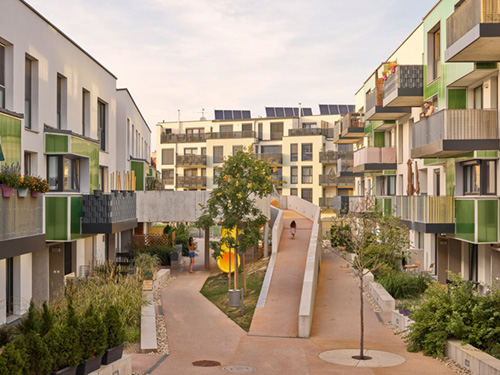
For more than a century, Vienna has been a laboratory of experimentation in the field of housing policies.
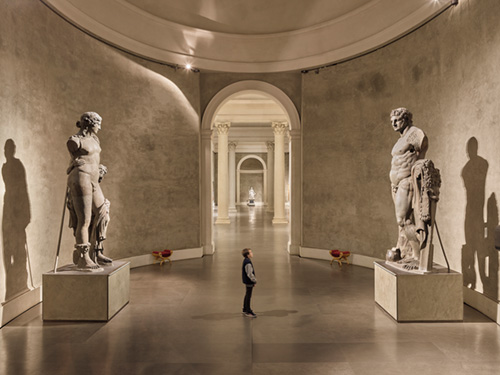
A new vision that finally gives entirity to the different cultural institutions hosted in Pilotta: these are the pillars of the new ambitious projects by Simone Verde, Pilotta’s director.
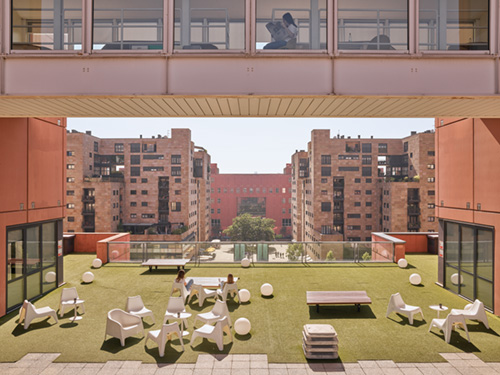
A look into the centres of university excellence of Milan.
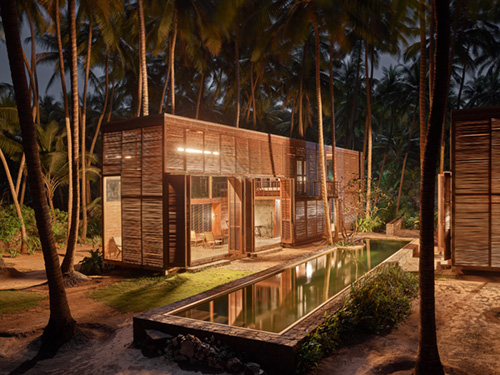
In 2018 Giovanni Hänninen was called by Bijoy Jain to document the projects carried out by Studio Mumbai in India.

Assab One is a non profit organisation founded by Elena Quarestani that aims at providing artists with a non-conventional environment for research and expression.
Giovanni Hänninen, Via Santa Marta, 18, 20123, Milan, Italy, e-mail: studio@hanninen.it — all images © Giovanni Hänninen 2021